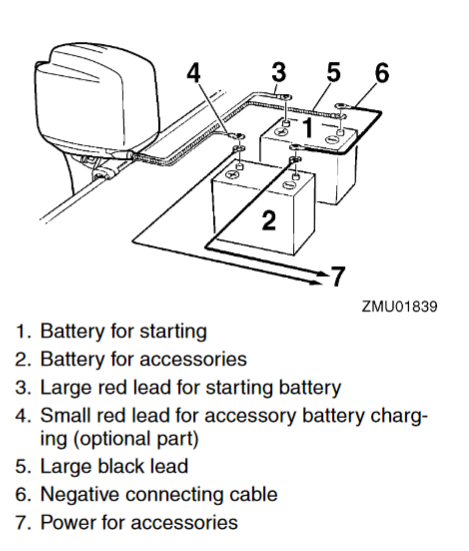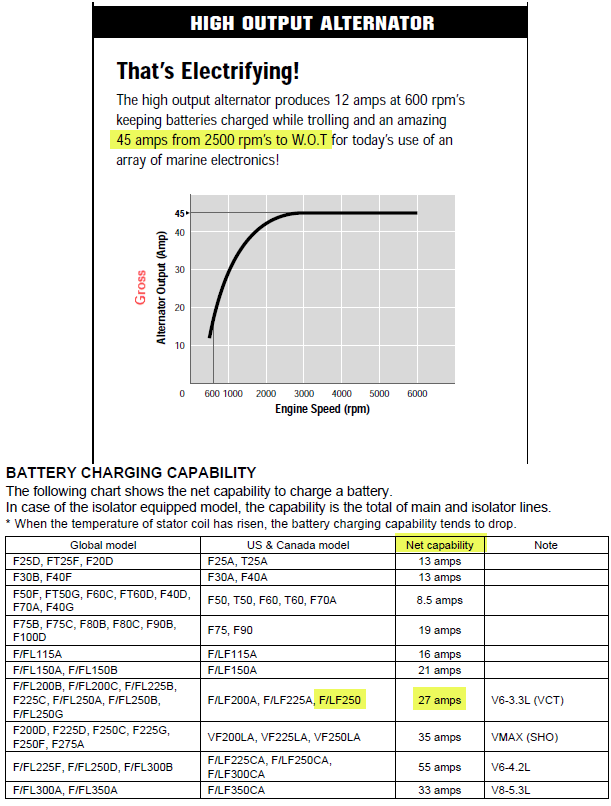I need to increase the capacity of the house batteries for my boat. At the same time I need to keep or preferrably reduce the weight of the boat (I'm at the weight limit when trailering the boat).
Preferrably I would like to replace 2x Tudor 115Ah Dual Marine (60kg) with 1x Li starter battery and 2x Li house batteries (100Ah starter and 2x100Ah House).
Alternator puts out max 46A.
What is needed to ensure a NON overheated alternator?
See picture for separated starting and accessories batteries direcly at the alternator:



